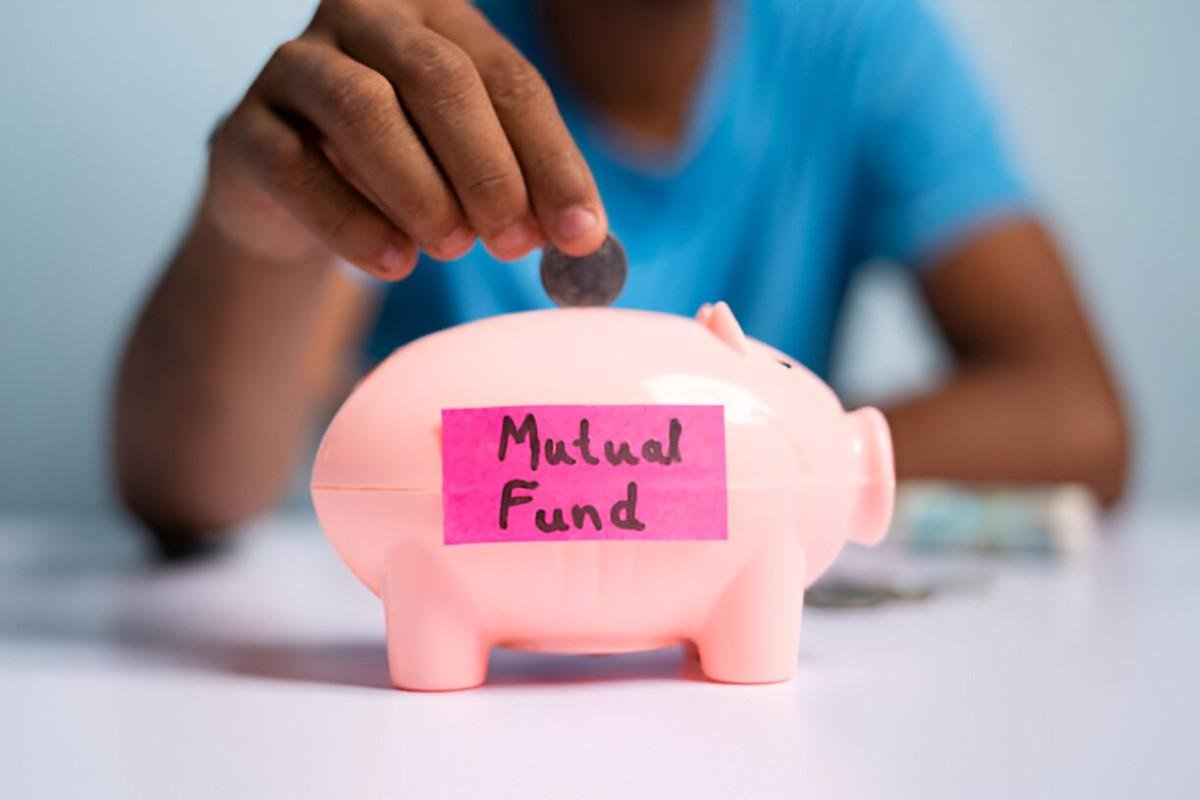The Harsh Reality of Mutual Fund Performance
I have analyzed mutual fund performance for years, and the data tells a clear story—almost no mutual fund can consistently outperform its benchmark over a three-year period. The reasons span from high fees to market efficiency, and even luck running out. Let me break it down.
Table of Contents
The Math Behind Mutual Fund Underperformance
The average actively managed mutual fund charges around 0.5% to 1% in fees annually. Over three years, even a seemingly small fee compounds into a significant drag:
Final\ Return = (1 + Gross\ Return)^3 \times (1 - Expense\ Ratio)^3For example, if a fund generates a gross return of 8% annually but has a 1% expense ratio, the net return after three years is:
Final\ Return = (1.08)^3 \times (0.99)^3 = 1.2597 \times 0.9703 \approx 1.222This translates to a net annualized return of about 6.9%, compared to the gross return of 8%. The 1.1% difference may seem small, but over decades, it erodes wealth.
Table 1: Impact of Fees on 3-Year Returns
| Gross Annual Return | Expense Ratio | Net Annualized Return (3 Years) |
|---|---|---|
| 8% | 0.5% | ~7.4% |
| 8% | 1% | ~6.9% |
| 10% | 1.5% | ~8.3% |
Most funds fail to overcome this hurdle.
Survivorship Bias and the Illusion of Success
Many investors only see the funds that survived. Poor performers get merged or liquidated, creating a misleading perception that more funds succeed than they actually do. A 2019 SPIVA report found that over a 15-year period, 89% of U.S. large-cap funds underperformed the S&P 500.
Table 2: Fund Survival Rates (S&P Dow Jones Indices)
| Time Period | % of Funds Underperforming Benchmark |
|---|---|
| 1 Year | ~60% |
| 3 Years | ~75% |
| 10 Years | ~85% |
The Role of Luck in Short-Term Outperformance
Some funds outperform in a given year due to luck, not skill. Consider a fund manager who bets heavily on tech stocks in a bull market—they may look like geniuses for a year or two. But when market conditions shift, the same strategy fails.
Example: The Rise and Fall of Cathie Wood’s ARK Funds
- 2019-2020: ARK Innovation ETF (ARKK) returned 150%+, crushing the S&P 500.
- 2021-2023: ARKK fell over 70% from its peak.
This shows how short-term success can reverse dramatically.
The Efficient Market Hypothesis (EMH) and Its Implications
Eugene Fama’s Efficient Market Hypothesis suggests that stock prices reflect all available information, making it nearly impossible to consistently beat the market. If true, most active fund managers should underperform after fees.
The math supports this:
Alpha = Actual\ Return - (Risk-Free\ Rate + Beta \times (Market\ Return - Risk-Free\ Rate))Most funds generate negative alpha over time, meaning they fail to justify their fees.
The Index Fund Advantage
Index funds, with near-zero fees, consistently outperform most active funds. Vanguard’s S&P 500 ETF (VOO) has beaten 80%+ of large-cap funds over the last decade.
Table 3: Active vs. Passive Fund Performance (10-Year Period)
| Fund Type | Avg. Annual Return | Expense Ratio |
|---|---|---|
| Active Large-Cap | ~7.5% | 0.75% |
| S&P 500 Index Fund | ~10% | 0.03% |
Behavioral Biases That Hurt Investors
- Chasing Past Performance – Investors flock to last year’s top funds, only to see mean reversion.
- Overconfidence in Active Management – Many believe they can pick winning funds, but data says otherwise.
- Ignoring Fees – Small percentages seem trivial, but they compound into massive losses.
Conclusion: The Three-Year Curse
The evidence is overwhelming—almost no mutual fund can sustain outperformance over three years. High fees, market efficiency, and luck all play a role. For long-term wealth, low-cost index funds remain the best bet.





